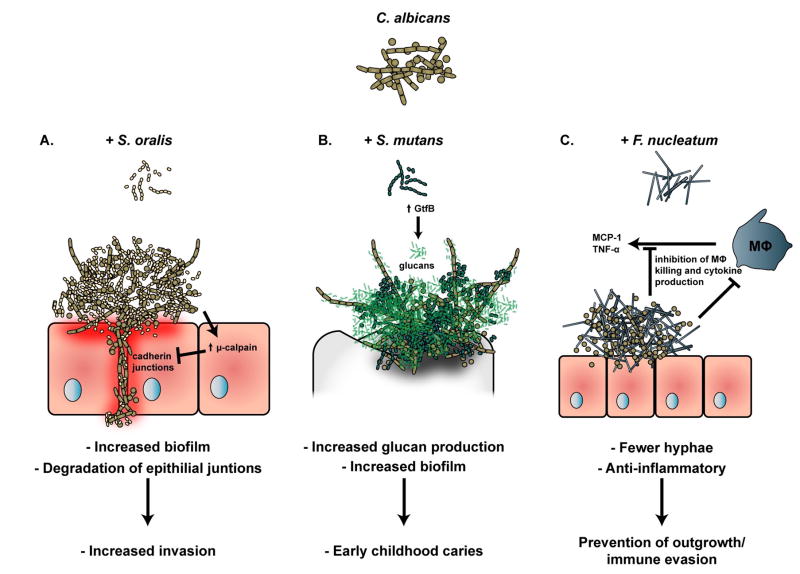Figure II. Three examples of inter-kingdom interactions of C. albicans and their effects on the human host.
(A.) Biofilms of C. albicans and S. oralis grow to a greater density than that of either species grown alone. In addition, the dual-species biofilm up-regulated the host protease μ-calpain, which degrades cadherin junctions leading to increased tissue invasion by C. albicans and S. oralis [96, 97]. (B.) Biofilms containing both C. albicans and S. mutans grow to a greater density than that of either species grown alone and are associated with development of severe early childhood caries, due to a C. albicans-mediated up-regulation of S. mutans virulence factors including glucan production [98, 103]. (C.) When grown in co-culture with F. nucleatum, C. albicans is greatly inhibited in its ability to form hyphae. Further, the reduction in hyphae appears to circumvent killing and cytokine production by macrophage, indicating that the co-culture may promote evasion of the host immune system [54].

